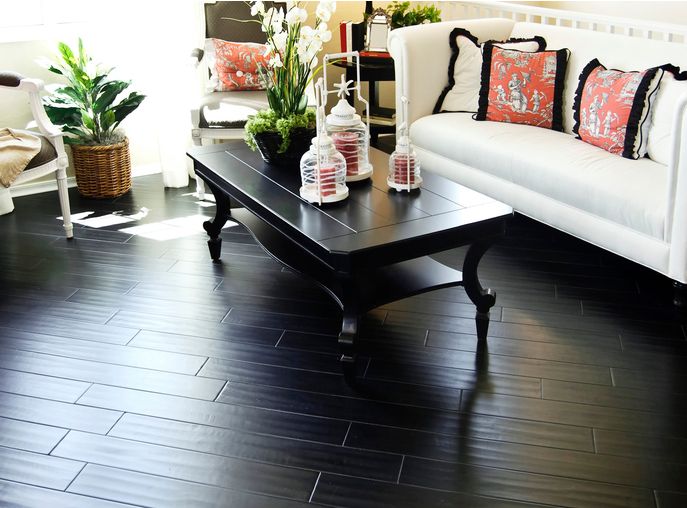The most common way to lay/install hardwood or bamboo flooring is by aligning the planks parallel to the longest wall or run in the installation. Apart from a few exceptions like sagging joists, this is the preferred direction to lay wood floors because it provides the best result aesthetically. This means running the planks lengthwise straight away from your front door to the back in most homes.
The one exception is if your sub-floor is sagging between the joists – in which case you’ll want to run the planks across the flooring joists to avoid any problems. Try to avoid changing directions on your floor in different rooms, and do your best to plan the exact layout before beginning your installation.
If this is the first time you’ve laid a hardwood or bamboo floor, it’s natural to wonder in what direction the floorboards should run. Although it may not seem obvious, laying your floorboards in the right direction adds a lot to the finished floor’s overall look. Here are a few things to keep in mind when laying your hardwood floor, so the finished product looks like a pro did it…
Check Out Your Joists and Existing Sub-floor
 Newer Homes (built post-1990’s)
Newer Homes (built post-1990’s)
Due to stricter building codes, newer homes have more level sub-floors required by code to meet minimum deflection ratings. Therefore, the direction you lay hardwood floors in a new home is based more on aesthetic and design factors than the direction of the joists. In these instances, the hardwood floor planks are usually laid parallel to the longest run or wall in the installation.
 Older Homes (pre-1990’s)
Older Homes (pre-1990’s)
If you’re laying your hardwood floor in an older home with a plywood sub-floor, the first thing to consider is the direction of the floor joists that support it. In these cases, the conservative choice is to go perpendicular across the floor joists and allow them to support the new floor and the sub-floor. If you go parallel to the joists, you may end up with flooring areas that aren’t fully supported. Over time, this can lead to the sub-floor sagging in between the joists, and if the sub-floor sags, it could potentially cause your hardwood floor to buckle, leading to the joints breaking. That’s not the outcome you’re after! That leads to the need to replace floorboards, and a new finish for the entire floor would be necessary so that everything matches (See how to refinish bamboo flooring).
How to Analyze Your Subfloor
Whether the home is old or not, always inspect the subfloor first to determine how flat it is. Is there obvious sub-floor sagging between the joints visible to the naked eye? Does the sub-floor bounce considerably when walked on? If the answer to either of these questions is yes, you will want to lay the hardwood planks across the floor joists in a perpendicular fashion. Still in doubt? You can also use tools to measure the deflection or flatness of the floor, and of course, you can also hire an engineer to inspect the floor joists and sub-floor to calculate deflection and grading.
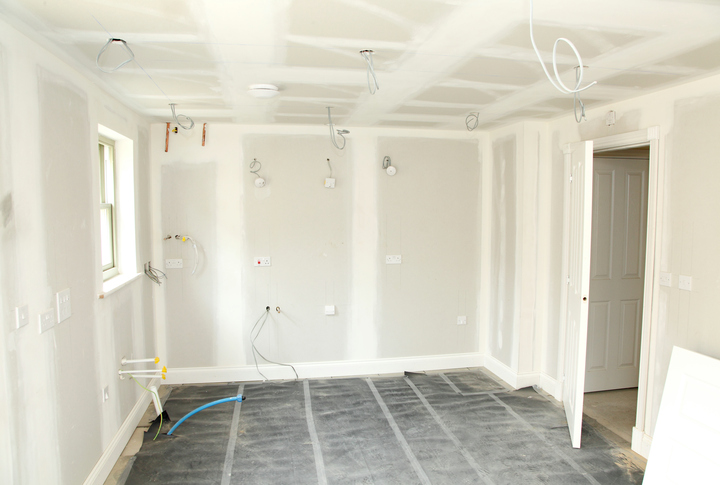
Your New Floor and Your Front Door
If you’re laying a hardwood floor near your front door, you may want to consider laying it so the boards run perpendicular to the entrance, if you can. Why? Laying the boards in this way allows them to flow naturally with traffic and looks better.
Consider the Dimensions of the Room
If you’re laying your new floor in one particular room, like a bedroom, for instance, it’s wisest to lay the floorboards parallel to the longest wall in the room. If you lay them perpendicular instead, and the room is somewhat long and narrow, your floor will end up resembling a ladder!
Getting Fancy
You can always opt to lay your floor on the diagonal or choose an interesting pattern like a herringbone. Patterns can add depth and dimension to a room and are unquestionably beautiful when done correctly. If you choose this option, though, you’ll need to consider a couple of important factors:
- It’ll cost you more since you’ll need to add 15% (as opposed to the usual 10%) extra material to account for cutting and waste.
- Patterns, especially complicated ones like herringbone, really require a seasoned hand to lay, so it’s probably not a wise choice if this is your first go-round at laying a hardwood floor.
Think About the Light Source
If you’re installing hardwood flooring in a room with lots of natural light, you may want to consider running the boards in the direction of the light. That’s because if you run them perpendicular to the light source, the light will run across each joint, and any slight variation in the height of the boards will show up and cast a small shadow. Running your floor in the same direction as the light source eliminates this problem and results in a better-looking floor.
Some Handy Tips for DIYers
- At floor heating registers, make sure to cut your boards to fit the opening before installing them.
- Suppose you’re abutting a fireplace hearth, miter the boards to create a neat border that will frame it. Glue the boards in place and then face nail* them. You might also think about gluing the ends of any boards that fit snugly against the hearth.
*If you are nailing by hand, be sure to drill a small pilot hole in the surface of the floorboard, then drive a finishing nail in until its head almost reaches floor level. Finish driving the nail using a hammer and a nail set. Afterward, fill the hole with wood putty and wipe away any excess.
Consider a Bamboo Floor
If you haven’t yet purchased your flooring, consider the advantages that strand woven bamboo flooring offers. Besides the fact that it’s as attractive as any hardwood flooring, it’s also way harder than almost any hardwood you can think of. It’s also a greener alternative since bamboo is a grass that grows immeasurably faster than a replanted hardwood tree. (We’re talking about 4 years vs. decades!) If you want to learn more about bamboo flooring, read the Bamboo Flooring 101: The Complete Guide.
Ambient Building Products is your number one source for affordable bamboo flooring with the best quality you’ll find anywhere! (We’re not kidding — do an internet search and see for yourself!) Plus, we use only premium raw materials like Moso bamboo, which is aged 5-7 years, and all of our bamboos is sourced from well-managed forests. We can also source FSC®-certified products on demand. Ambient has an outstanding reputation backed by the best warranties in the industry, so you can feel confident you’re dealing with a reputable and reliable company. We love our bamboo flooring, and we think — no, we know — you will too!
To get some bamboo flooring samples sent to your home for some decorating inspiration, click on the box below or call one of our knowledgeable professionals (866) 710-7070 today.
Last Updated: 1/5/2022

About the Author
Jen is your go-to guru for crafting a cozy, green cocoon. 🪴 Her dive into sustainable building wasn’t just about saving the planet—it started as a mission to make family movie nights eco-friendly (and to ensure the popcorn was the only thing getting heated!). With a knack for breaking down the jargon, Jen turns eco-lingo into everyday language. Swing by the Green Living blog for a mix of earth-loving advice and home improvement hacks. Whether you’re just dipping your toes into green waters or you’ve been swimming in the deep end of DIY projects, Jen’s here to guide, giggle, and remind you that every eco-choice is a step towards a planet that thanks you… and maybe even sends a rainbow your way! 🌈

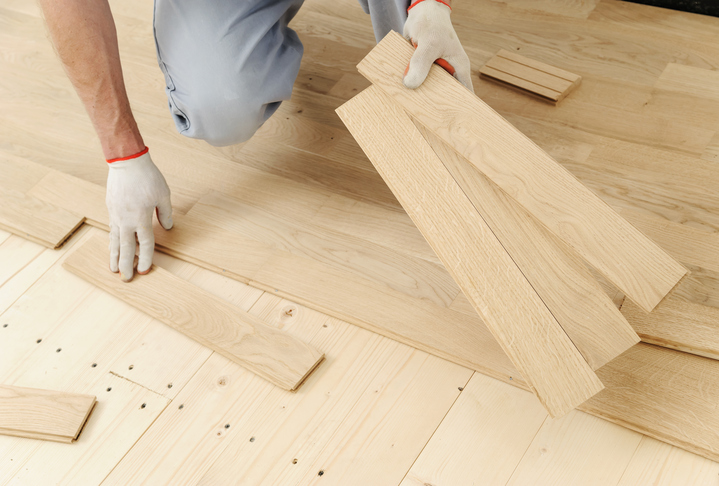
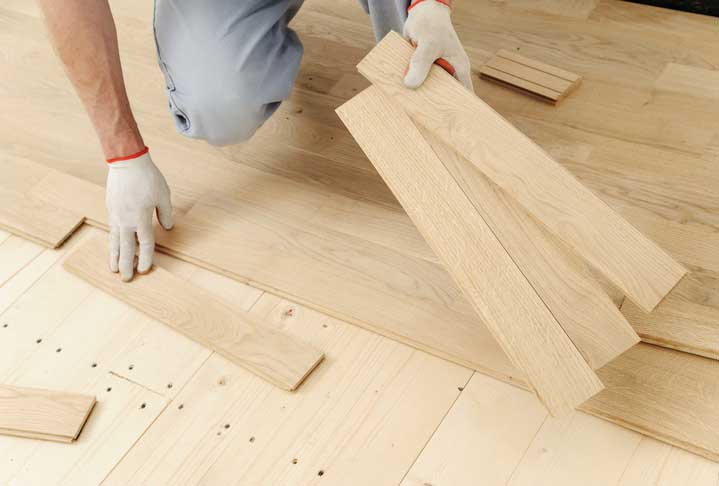
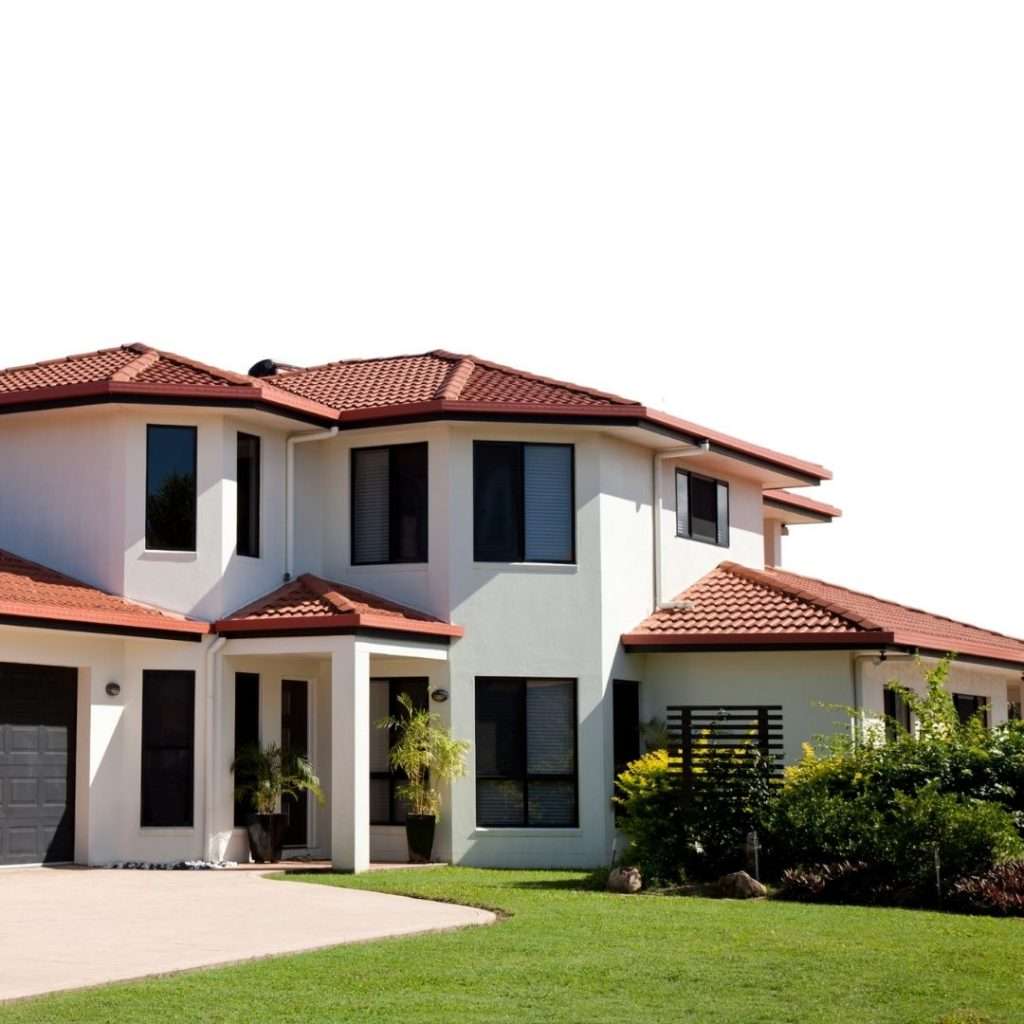 Newer Homes (built post-1990’s)
Newer Homes (built post-1990’s)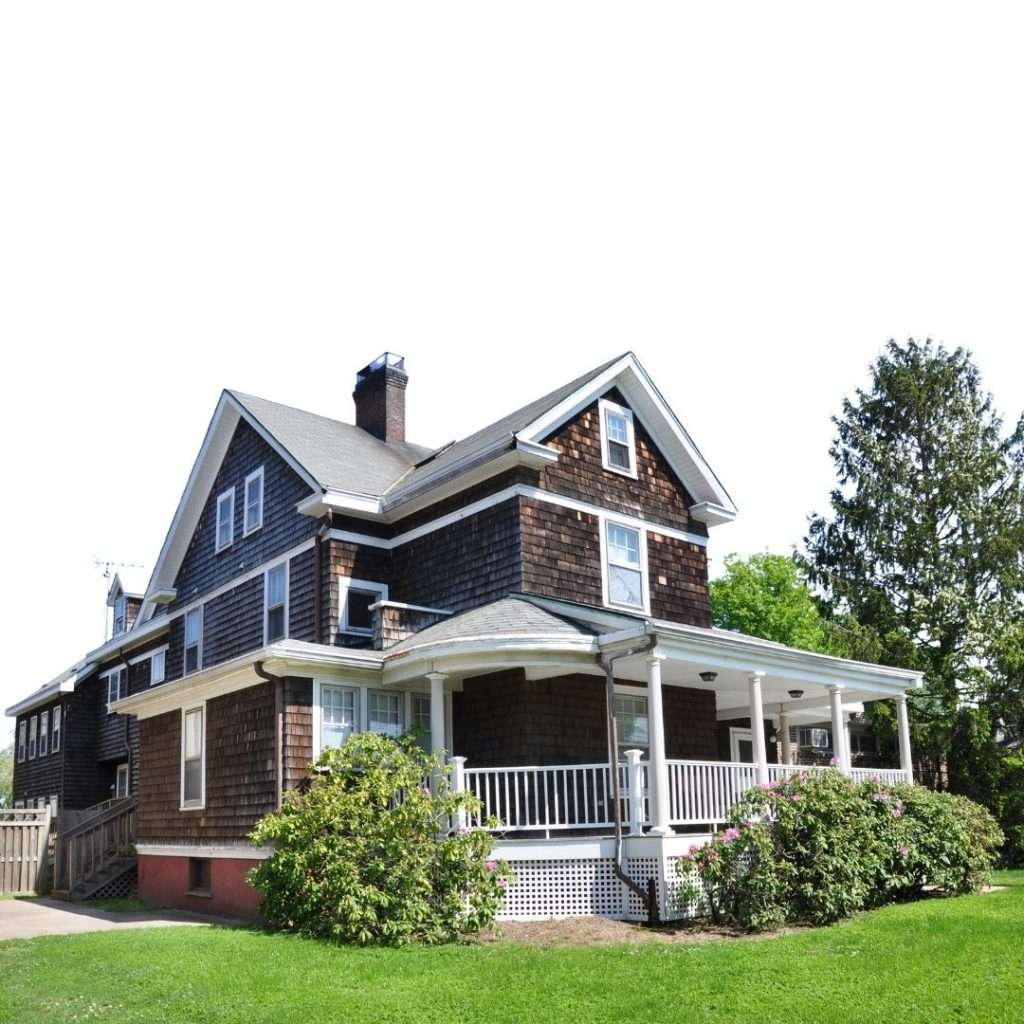 Older Homes (pre-1990’s)
Older Homes (pre-1990’s)